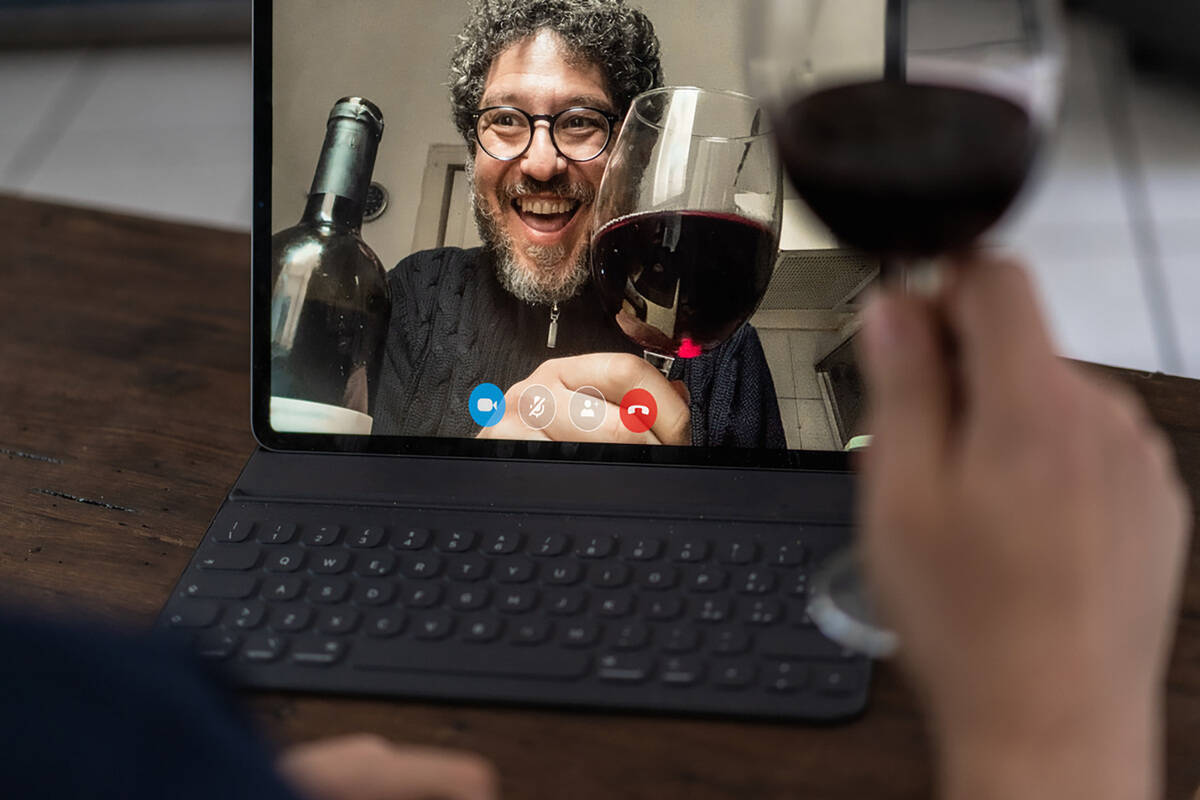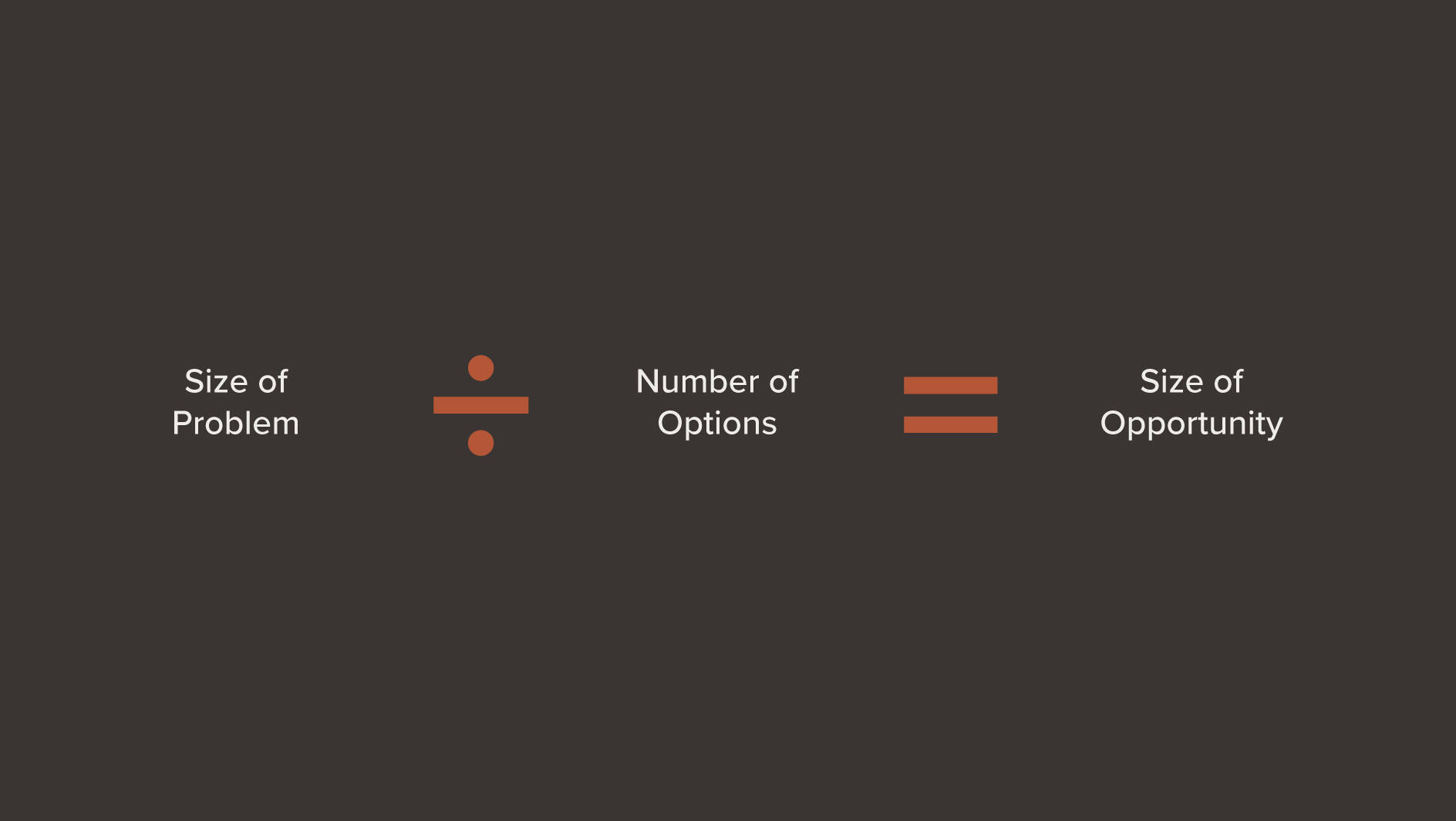Before we can understand where we’re going, it’s important to remind ourselves of where we’ve come from. It’s been ten years since Adam Burnham defined the term ‘digital first’ as a manifesto for the publishing industry:
Digital First in its essence is a concept built behind content and audience. As a local news medium, we must deliver our content to our audience using the quickest means at our disposal. No surprise that those means are digital, hence digital first, print last.
Marketing and advertising quickly got its collective hooks into the phrase and adopted it as their own — definitions varied, but ‘digital-first’ became the nom de plume for modern marketers as they moved headlong into big data, social media, digital advertising, native apps, and content marketing. But the accessibility of ‘digital first’ was also its biggest enemy — if everyone can shout, the consumer will only hear noise.
As marketers got tangled up in things like engagement metrics, ROI, algorithms, and ‘organic reach’ they were saddled with the impossible task of reconciling the promise of digital with their budgets and bottom lines — digital-first found itself as more of an aspiration than a reality for most modern brands.
Beyond ‘digital-first’ is a future of ‘digital-everything’
In 2020, a global pandemic struck and most of the world shut down. Most of the world except ‘digital’ — there’s nothing that highlights quite how much the global economy relies on our digital infrastructure than a global pandemic. And within a few days, the concept of ‘digital’ was forced to grow up fast and begin to deliver on the promises it’s been making for decades.

COVID hasn’t caused this hyperconnectivity. It has forced people to refocus their energies and meet their own needs with the tools available. This constant connectivity is exhausting but expected. Humans are inherently social — they always have and always will find ways to connect to each other and the things that matter most.
Bottom line? People don’t see their lives through the lens of a marketing mix. What marketers call digital life is to most consumers just life. If it looks like they’re opting out of connection, they may just be opting out of your brand.
People are using digital to force authentic human connections-with or without your brand
As people continue to cut the cord with traditional marketing, brands and companies are no longer the gatekeepers of culture. Digital has democratized creation, collaboration, and distribution, putting a consumer collective in control. This means the digital space isn’t an arena for brands to ‘invade’, ‘own’, or even ‘disrupt’. Rather it’s a space that consumers can invite you into — provided you offer the right kind of value.
The vast and unruly world of the internet demonstrates how weird and wonderful people can be. They don’t need permission to push the bounds of creativity in the digital space, nor can brands give that permission.
The internet is the consumers’ playground, brands have to earn the right to play.
That’s not to say that brands don’t have a role — consumers are in control, but they crave allies, co-creators, sponsors, and champions. When brands are at their best, they are a tool for self-expression. When they focus on getting credit vs. giving it, they lose sight of the very real opportunity to build meaningful connections. Brands that celebrate people and help consumers feel more like themselves earn more than consideration. They win brand love.
Brands should embrace the edge cases
Now is the time to test the limits of technology. Think live-streaming, collective digital experiences, and the lesser-known realities (virtual and augmented). These technologies aren’t new but have been untapped because of technological limitations, lack of sustainable business models, or just plain lack of adoption at scale.
COVID-19 hasn’t removed those barriers, but be it out of boredom, genuine behavior shift, or a holistic need for innovation, people are prepared to invest their time and energy in the best version of what’s available.

This exploration of the edges of innovation should begin and end with these three principles:
1. Consumers will always prioritize perceived value over a lack of friction.
Friction has become a dirty word when it comes to digital, but consumers don’t mind a bit of work if the payoff is worth it.
2. Smart doesn’t have to mean slick.
Showing up at the right place and right time with the right message is more important than showing up with the perfect format — think about addressing consumer needs first, and how you deliver that solution second.
3. Innovate, but make it purposeful.
Consumers will only engage with and remember innovation if it solved a problem or connected with them in a meaningful way.
If ‘digital-first’ innovation feels expensive and complicated, ‘digital-everything’ will feel like a freefall. These sorts of risks may not immediately drive the bottom line, but they will pay off for brand love and longtail loyalty because smart brands innovate even when it’s hard.
Consumers will lead brands to the ‘new normal’
COVID has afforded us the opportunity to rethink some of the old rules that make up the fabric of society — whether understanding who is truly an ‘essential’ worker, having access to take-out wine, or realizing that it really could’ve been an email. Some of these changes will revert as we get back to ‘normal’, but others are looking a little more sticky.
Things like remote work, retail telemedicine, and eLearning have already entered the daily discourse of the future post-pandemic world — the delivery of these services and the entire industry that supports them is on a bee-line to disruption. Cultural, arts, and sporting events are likely to look unrecognizable in the mid-term future.
Brands will need to forge their own unique paths through the ‘new normal’. The brands that breakthrough and become legendary will be the ones who consistently strive to better understand this evolving consumer relationship with digital platforms, communications, and technology.
And the rest of us? We will bounce back, but the changes that are happening in our experience will leave an indelible mark on the collective consciousness of a consumer society. They will form the foundation for how we will build our future as an industry, as consumers, as people. Digital-first was at best aspirational at its inception, but digital-everything is now a taste of what’s to come.